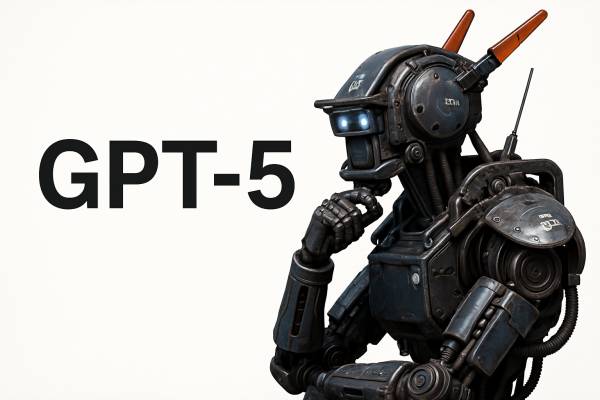As artificial intelligence (AI) rapidly transforms scientific research, industry, and public services, growing concerns are emerging about its transparency, societal value, and accountability. Swiss researchers are responding to these concerns with a bold initiative: they have developed a fully open-source, publicly funded large language model (LLM), which they plan to release to the public this summer. The project is led by ETH Zurich, EPFL, and the Swiss National Supercomputing Centre (CSCS), with computing power provided by Alps—a supercomputer purpose-built for AI tasks.
The goal of the model is not merely to demonstrate technological prowess. The initiative’s core ambition is to foster the safe, ethical, and socially beneficial development of AI applications. The openness at the heart of the project extends beyond publishing the models and weights—it includes full documentation of the training data sources, the algorithms used, and the entire development process. This approach stands in stark contrast to prevailing commercial trends, where models are typically developed behind closed doors with minimal public scrutiny.
More than 15 trillion tokens were used to train the model, which will be available in two sizes: one with 8 billion parameters and another with 70 billion. The latter is poised to become one of the most powerful fully open language models in the world. The researchers placed particular emphasis on multilingual capabilities: the model can understand and generate text in over a thousand languages. Around 40 percent of the training data is in non-English languages, making the model especially relevant for communities that have been historically underrepresented in LLM development.
The technical backbone of the project is the Alps supercomputer, operated by CSCS in Lugano, Switzerland. It uses over 10,000 NVIDIA Grace-Hopper Superchips and ranks among the world’s most powerful AI-dedicated systems. The system’s exceptional performance is enabled by low-precision number formats such as FP8 and BF16, which allow for efficient training of large AI models. All computation was powered by electricity from renewable energy sources—an important factor in reducing the environmental footprint of energy-intensive machine learning workloads.
According to the researchers, the data collection process respected website privacy policies and honored opt-out settings. While this approach has been criticized in other projects, the Swiss model did not suffer any performance loss, demonstrating that legal compliance and data quality do not have to be at odds.
The motivation behind the project is not only technological but also social and political. Led by EPFL and ETH Zurich, the Swiss AI Initiative aims to make Europe a more active and independent force in the global development of artificial intelligence. The project brings together over ten Swiss universities and provides researchers with access to more than 20 million GPU hours of computing capacity annually.
The new model will be released under the open Apache 2.0 license, allowing free use, modification, and further development. Through this approach, the researchers aim to support a wide range of scientific, industrial, and governmental applications, and to contribute to the development of trustworthy AI systems at a societal scale.
The model’s upcoming release is not only a technological milestone but also a clear statement: open scientific research and socially driven development can indeed offer a meaningful alternative to closed, commercial systems. That this initiative originates in Switzerland aligns with the country’s longstanding traditions of neutrality and science-based policymaking—and may serve as a model for other European nations as they shape their own AI infrastructures for the future.










































